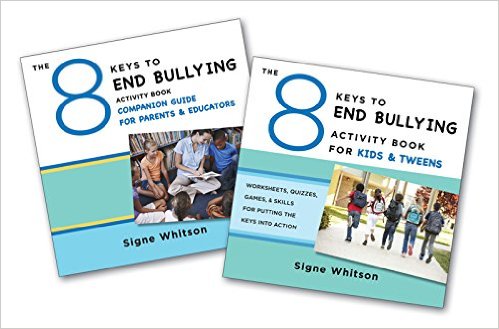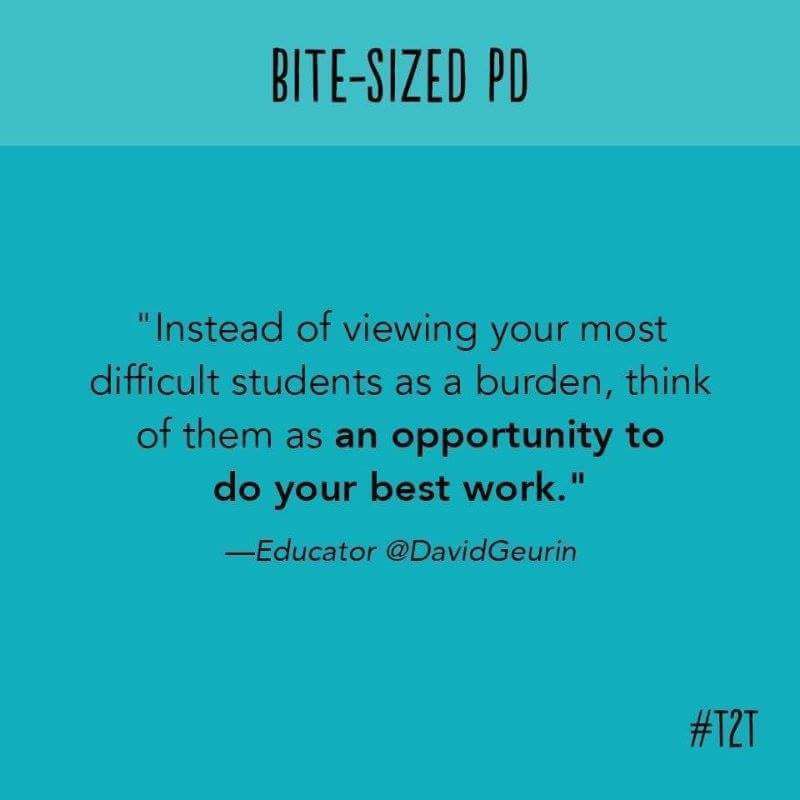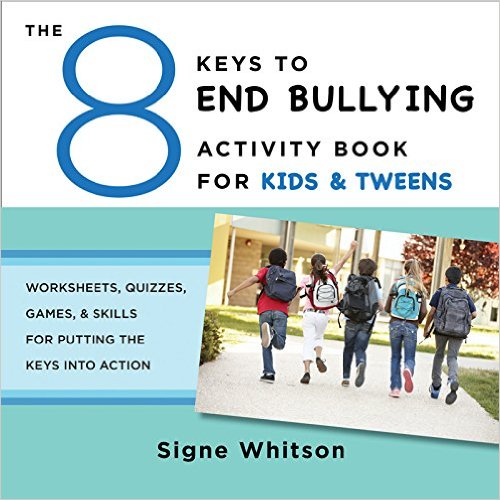Uncategorized
Teaching Feelings Literacy and Empathy Skills to Young Students
0When I wrote my first book on the topic of bullying prevention, Friendship & Other Weapons, I wrote it with kids ages 5-12 in mind. Knowing that bullying peaks in middle school, I wanted to help young kids develop the social emotional skills they need to prevent the dynamics of bullying from taking root in their friendships.
To that end, I am still always developing and teaching new lessons that focus on building fundamental social and emotional intelligence skills, even from the earliest ages. This month, with my youngest students, I am teaching skills to differentiate feelings and recognize non-verbal emotional cues. This week, “the sorting game” has been a big hit, as kids pick a “feelings face” card from my magic box, then decide if the face looks MAD or SAD. With Kindergarten students, to build empathy skills, I add in a component where the kids are asked to imagine what might be making the person feel mad or sad. They love it!
Using LSCI in the Classroom
0LSCI’s applications as a de-escalation strategy in schools and classrooms is featured in this month’s issue of Healing Magazine on pp. 14-15. Check it out below then visit www.lsci.org to learn how to bring LSCI training to your school and faculty!
http://www.healingmagazine.org/book/issue-42/
Therapy Dogs at The Swain School
0Since the start of the 2018-19 school year, I’ve had the distinct pleasure of bringing Happiness Dogs (aka: Therapy Dogs) into my school twice a month to meet with groups of students in their classrooms and with individual students in my office. The smiles, happiness, caring, and calm these animals bring to our kids and staff is immeasurable. Here’s just a brief clip that some of my second graders featured in their weekly News Update!
Good Resources for Helping Understand Anxiety in Children
0This week, I’ll be speaking with a group of parents and caregivers at my school on the topic of understanding anxiety in children and adolescents. Anxiety disorders are the most common mental health issue in the U.S and studies show that anxiety rates among young people are on a steady rise. While researchers debate the unique 21st century causes for these rising rates, advances in neuroscience show us very clearly what is happening in the brains of stressed out young people and tell us how we, as caring adults, can help kids regain their calm.
Here is a partial list of the resources I use with kids and/or cite in my presentations to professionals, parents, and kids on how to understanding and manage anxiety:
Why Smart Kids Worry & What Parents Can Do to Help
Anxiety in Kids: How to Turn it Around and Protect Them For Life
How to Train Your Brain to Stop Worrying
I am Peace: A Book of Mindfulness
Mindfulness Games Activity Cards
Anxiety or Aggression? When Anxiety in Children Looks Like Anger, Tantrums, or Meltdowns
Defeating My Inner Dragon: Teaching Kids How to Challenge Their Unhealthy Thinking Habits
Rules of Friendship in Elementary School
0Last week, I was helping a small group of 2nd grade students work through a series of conflicts. Through our discussion, one of the girls suggested that having some rules to follow to guide their friendship would be helpful. “If we all agree on the rules, maybe we can prevent some of the problems,” she reasoned.
I couldn’t have said it better myself!
Here are the “Rules of Friendship” developed by the girls:
Signe talks about Bullying Prevention on NYC’s WPIX 11
0Give me a gymnasium full of 1000 students or an auditorium packed with professionals and parents and I am calm, cool, and collected. After all, I love talking about how to help kids who bully and/or are bullied. But tell me you are going to point a camera at me and broadcast a conversation live on social media and TV and I am terrified, terrified and terrified!
Despite the massive case of nerves, I managed to gather myself for this live interview last week on New York City’s WPIX 11. The producers originally contacted me to comment on this video (WPIX 11 Rude, Mean or Bullying Interview) and whether or not the situation described by the two young boys was best characterized as an incident of meanness or bullying. They also asked me to comment a bit on strategies that bullied kids can use to effectively manage unwanted aggression.
From there, our conversation took some turns into bullying behavior in adulthood and how to best respond to cruelty inn the workplace. I hope you find some of what we talked about useful!
https://www.facebook.com/pix11news/videos/274395606739169/UzpfSTIwMTU2OTc3OTg4NzYwMDoyMTA3NTQ0NTc1OTU2NzY4/








